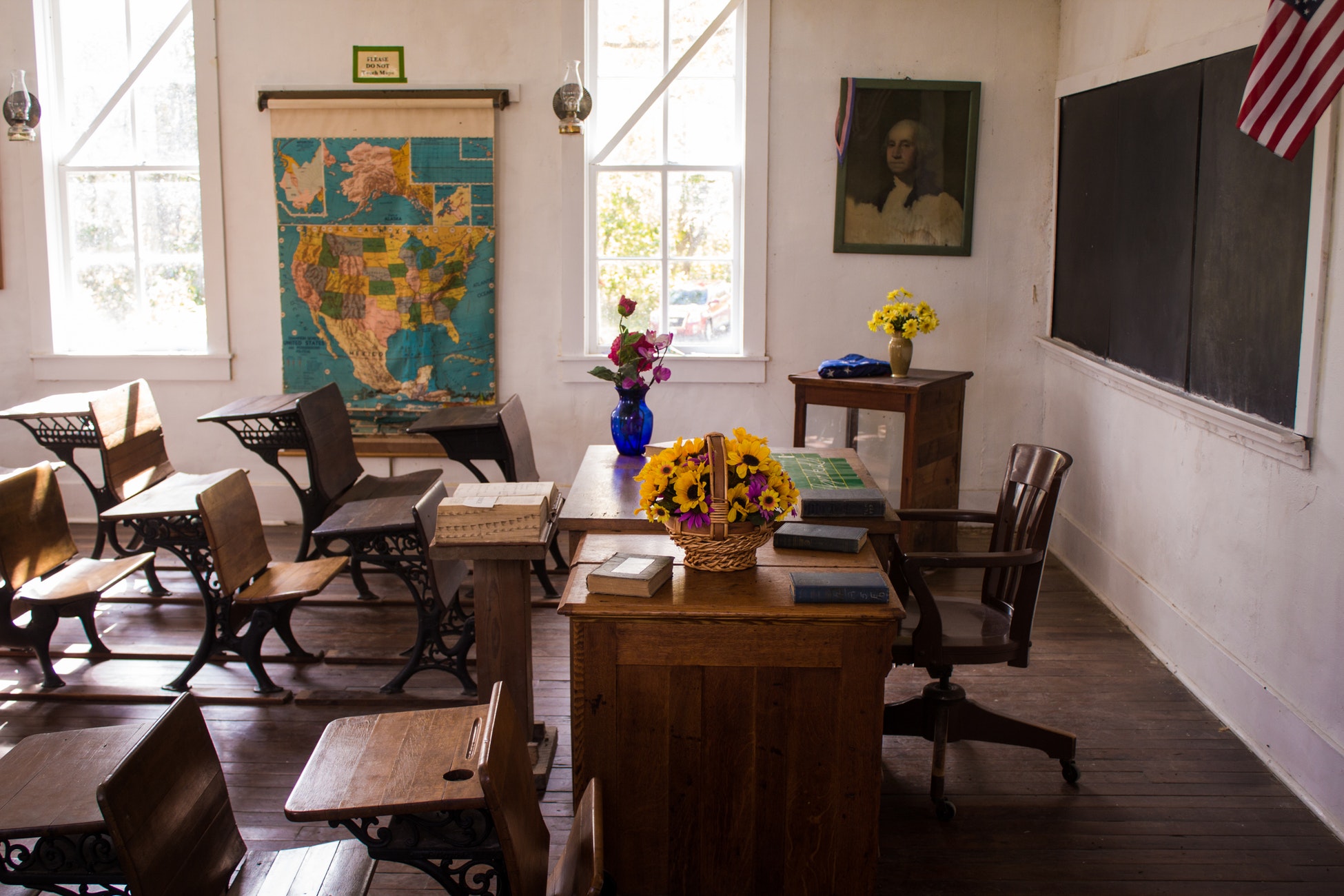Since 1991, Somalia’s education system has been deterred by the civil war. Notably, the Somalia government has been battling Islamist insurgents, such as Al-Shabaab, for years as they have wreaked havoc.
The civil war crippled Somalia’s education system to the extent that children no longer attended school. Nevertheless, the administration intends to revamp this sector through the introduction of a new curriculum for primary and secondary schools.
Somalia’s divided education system
After the civil war broke, clan warlords were involved in intense battles in the control of the education system.
As a result, at least 40 curricula were introduced, and this created competing education structures in different languages.
This was detrimental as the education system became considerably divided, and this affected learners’ outcomes. For instance, Muhidin’s school utilized Kenyan textbooks.
Somalia seeks to revamp its education sector
Through the introduction of a new curriculum, the Somalia government intends to restructure the education system so that the needs and interests of the learners can be amicably attained.
For instance, since August 2019, it has printed 2 million textbooks and distributed them to pupils across the nation. The new books will cover social studies, technology, physical education, science, Islamic studies, maths, Somali, Arabic, and English.
Muhidin’s School has acknowledged that this is a positive move because the new curriculum is crafted to meet the needs and interests of the learners. The school previously utilized the Kenyan syllabus that was English based, and this proved cumbersome to some students.
Somalia’s low enrollment rate
Somalia is categorized as one of the nations with the lowest enrollment rates globally.
According to the United Nations, the country has only 4 out of 10 children in school. This trend can be depicted by the nation’s education budget that amounted to $16 million in 2019 as compared to the stipulated $344 million.
During the civil war, Somalia’s schools sourced textbooks from at least ten (10) countries, whereby Somali was replaced as the instruction language by Arabic and English.
According to Abdulkadir Mohamed Sheikh, a teacher at Muhidin’s School, students are continuously coping well with the introduced curriculum as it is founded on their vernacular, culture, and religion.
On the other hand, South African universities are struggling to address the food insecurity problem on their campuses as students coming from poor families suffer most in food insecurity problem.







